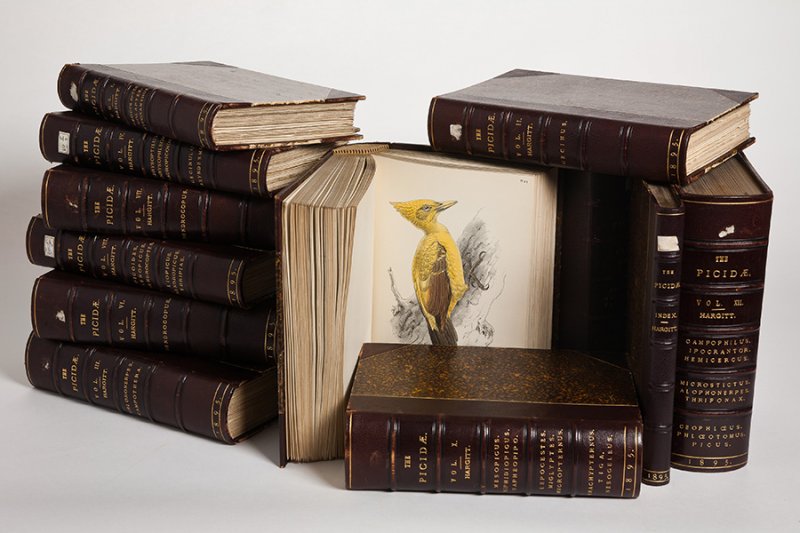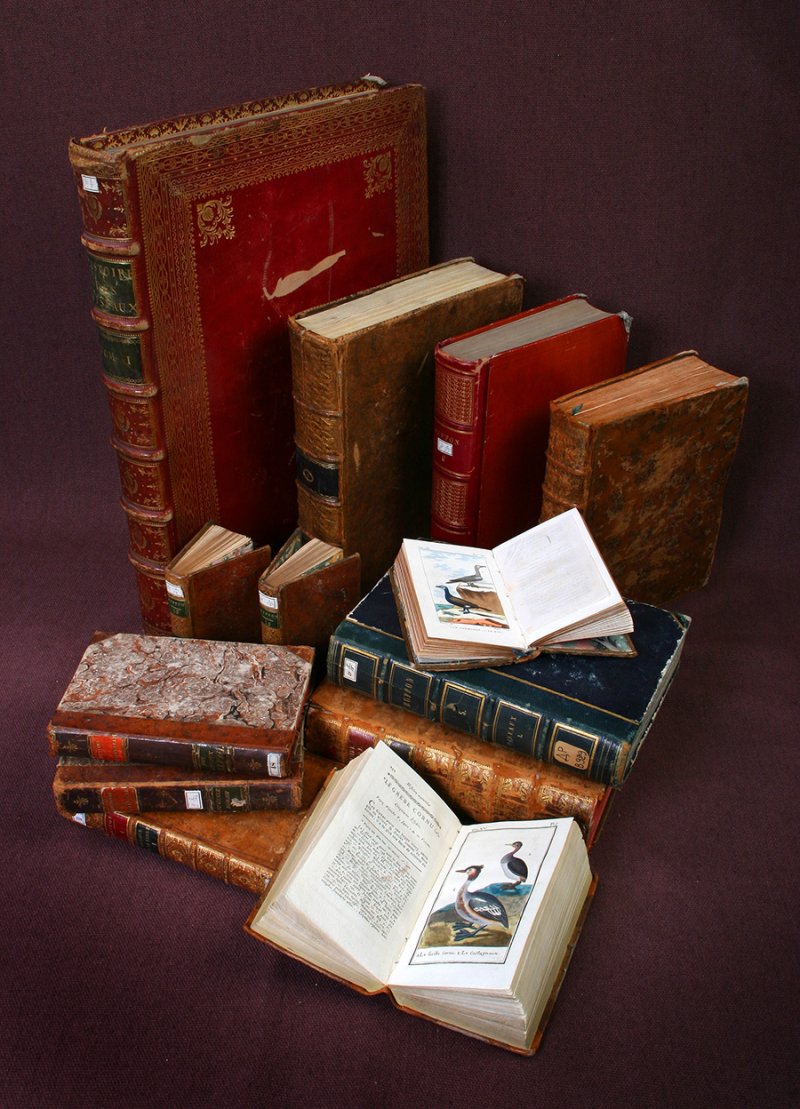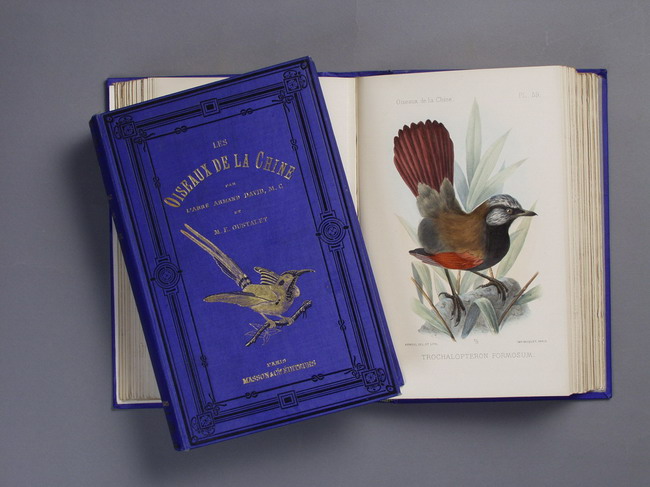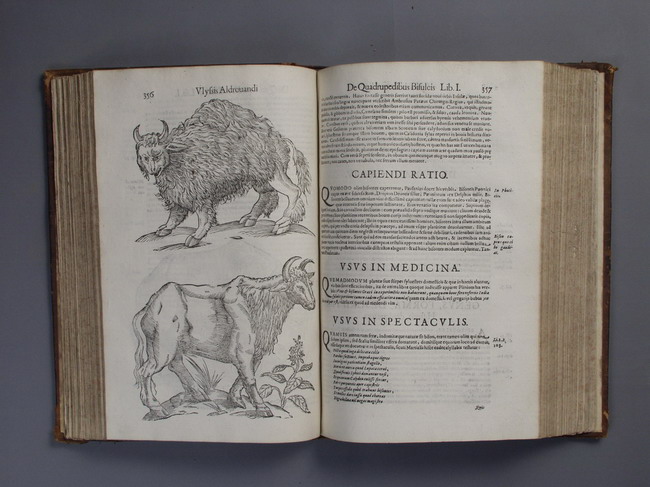Curator: Varvara Mironova
More than 9 245 books from the middle of the 16th to the
end of the 20th century in English, French, German, and Russian languages.
The Rare
Book Collection used to be part of the Museum’s general book collection in
1982. Today it includes natural science publications before early 20th century,
books with inscriptions made by famous biologists, books from the library of
the Museum founder and the staff, books on biology published during the Eastern
Front of World War II, as well as limited-edition books of the 20th century. Nowadays,
the fund is regularly replenished annually mainly by personal donations.
The oldest books in
the collection date back to the Late Middle Ages and are written in Latin. Among the most
notable publications are the seven volumes of the encyclopedia by a Swiss scientist
Conrad Gessner (1516-1565), twelve volumes of the works by an Italian naturalist
Ulisse Aldrovandi (1522-1605), books by French naturalist Pierre Belon (1517-1564).
One of the most
unusual and interesting works of the 17th century is “Arca Noe” (1675) by a
German Jesuit scholar and polymath Athanasius Kircher (1602-1680). The book
contains detailed drawings of Noah’s ark, description of the ship’s buoyancy mechanism,
a map of the Earth of the 17th century, and even a map of Paradise. Moreover,
Kircher calculated how much food for animals Noah needed to store, what size
cages had to be, how people and animals were to be placed on a ship. The book holds
images of animals with names in five languages.
Some books
are of particular interest due to their unusual history. These include the
multivolume “Herbarium Amboinense” (1750) by Georg Eberhard Rumphius (1627-1702)
- a German-born botanist employed by the Dutch East India Company - which
includes a tragic story of his personal life. He had been working on the 12
volumes catalog of the plants of the island of Amboina for thirty years, but
never saw his work published. When carrying out the research, the scientist
became blind from glaucoma; his wife and a daughter died in an earthquake. When
the work was almost finished, the illustrations burned in a fire and had to be
restored later; the early copies of his book were lost when the ship carrying them
to the Netherlands to be published was sunk by the pirates; and finally, 12
volumes of the manuscript that arrived safely in Amsterdam were banned by the
censor committee. The book was published only 39 years later, after the death
of the researcher, in 1741.
One of the rarest
and valuable books is the “Birds of America” by John James Audubon, published
from 1827 to 1838. The first and very rare edition consists of four complete albums
of engravings depicting life-size birds. The Rare Book Collection also contains
the first edition of the text from the sequel “Ornithological Biographies” (1831–39),
as well as two subsequent editions of “Birds of America” with images and text
combined.
In the collection houses
some unique and very unusual editions, such as the book by Alfred Ronalds “The
Fly-Fisher's Entomology” (1913) first published in 1836. This is the eleventh and
final edition of the book. Although the work was Ronalds' only book, it has
been extensively reprinted in the last 100 years. Of particular interest is the
album of fishing hooks with artificial flies designed to imitate real insects, as
well as instructions for their manufacture.
The Rare Books Collection
contains periodicals and magazines both scientific and popular from different time
periods. The most notable one is “Curtis’s Botanical Magazine” - the oldest
existing botanical magazine, which has been published for more than 225 years.



“The Birds of China”
by Armand David, 1877.

Animals by Ulisse Aldrovandi, 1639.











